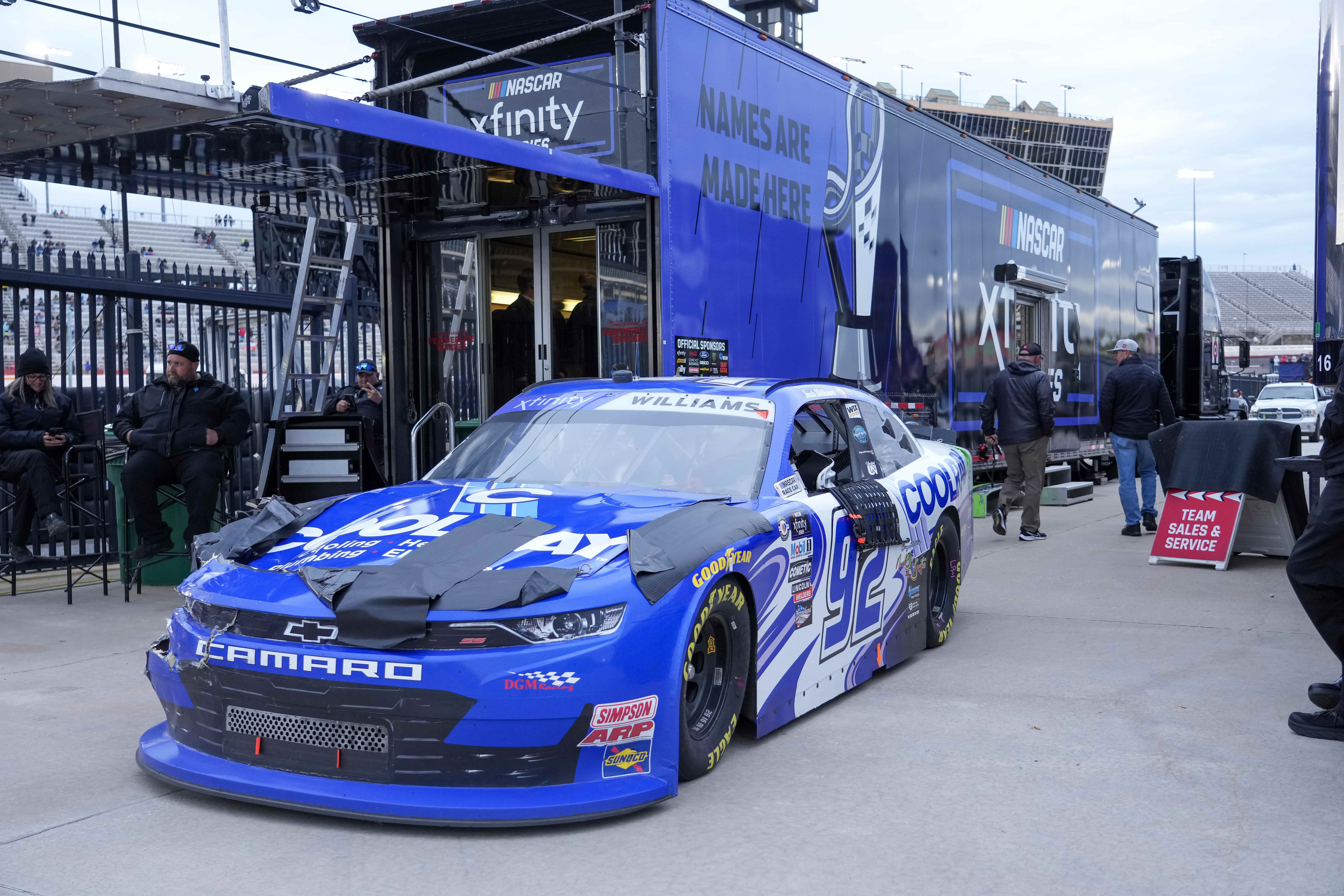NASCAR has been a motorsports leader in incorporating technological advancements that enhance car safety, performance, and the general flair of racing events. Here are some of the most revolutionary changes that have taken place in NASCAR.
The Next-Gen Car
The Next-Gen car, also known as the Gen 7 car, is the latest NASCAR Cup Series car that debuted in the 2022 season. This is essentially a ground-up design to bring innovations to the sport and to capture today’s modern car trends and innovations.
The engineering modifications to the Next Gen Car concept are massive. The teams had to adapt to the changes that the new chassis introduced, such as the IRS, which provides better control and brings more fulfilling races. The very nature of the conjoining of the car’s body also provided new methods on how to manage aerodynamics and lighter impact injuries from complex body panels, leading to smoother racing events and keeping fans more engaged. Plus, the wider tires give a better grip on track.
The Next-Gen car is a very significant improvement for NASCAR, as it challenged the teams to aspire to improve more while maintaining cutting-edge innovations in automobiles.
Also Read: 20 richest NASCAR drivers of all time
Hybrid Powertrains
In NASCAR, a hybrid powertrain means they’re adding electric parts to the usual gas engine setup. NASCAR is working on using this combo more in the future, but for now, they’re still trying it out and making it better.
Hybrid powertrains mix a regular V8 engine with electric motors. They help save energy by reusing power from braking and giving the car an extra boost when needed. This setup makes the car go faster and use less fuel.
NASCAR needs to switch to hybrid powertrains for a couple of big reasons. One, it helps the planet by reducing pollution, which is a worldwide goal. Two, those electric boosts can make races more thrilling by giving cars an extra jolt of power. And three, as regular cars start using more hybrid and electric technology, NASCAR keeping up with the times helps it stay relevant to the innovations of the automotive world.
Computational Fluid Dynamics (CFD)
Computational Fluid Dynamics (CFD) is a computer tool that helps with understanding how fluids, like air, move around. In NASCAR, they use it to figure out how to make race cars as aerodynamically efficient as possible.
CFD lets teams make really detailed pictures of how air moves over and around their cars. By testing different setups on the computer, engineers can make the car’s shape just right to reduce wind resistance and increase the force pushing it down onto the track.
In NASCAR, how the air flows around the car is super important. Even tiny adjustments can make the car faster and easier to handle. Using CFD is cheap; smaller teams can use this technology too, and it is a quick way to try out lots of designs without needing a real wind tunnel. These innovations help make the cars faster and the races more exciting.
Biometric Data Monitoring Systems
As of 2020, NASCAR has deployed biometric technology innovations to monitor the driver’s condition and his performance while racing. These systems include monitoring such parameters as pulse, stress, and others which are vital to understanding the degree of safety and productivity of the drivers.
It constantly monitors the driver’s well-being and provides them with an indication of their physical state. This is a good way of making the right decisions regarding the driver’s health, particularly during some of the races.
Sports such as NASCAR call for timely decisions. Understanding how fit drivers are in the physical sense can help make racing activities safer and more efficient. Biometric data can be given in real-time, which means that any issues will be noticed immediately and a medical team can intervene if necessary, which can result in saving lives.
The implementation of biometric technology entails the need to make adjustments to the car’s interior to house some of the sensors and data transmission instruments. It also entails guaranteeing that these systems do not impede or hamper the vehicle’s operation or cause discomfort to the driver.
Also Read: 10 best NASCAR drivers of all time
SAFER Barriers
This is one of the most important innovations that’s been improving for years. The SAFER barrier is a special crash barrier at NASCAR tracks. It’s made of steel and foam, and it helps absorb and spread out the energy during crashes.
SAFER barriers make crashes safer by soaking up energy, which helps protect drivers and cars. They were first used in 2002 at the Indianapolis Motor Speedway and are now used at all big NASCAR tracks and in other motorsports. Research and real crashes prove they really cut down on the force felt by drivers, meaning fewer injuries and certainly fewer deaths.
SAFER barriers have directly made cars safer too. Nowadays, cars have stronger parts that crunch up in crashes, along with reinforced frames. They’re now standard in big races, reducing injuries. Researchers are still trying to make them even better and maybe even smart enough to know how bad a crash is right away.

